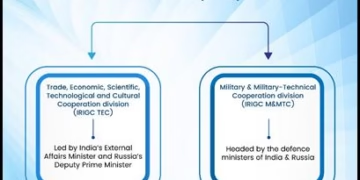13 December 2021
Upendra Prasad Singh, Secretary (Textiles), Govt. of India visited Silkworm Seed Production Centre, an ISO 9001:2000 certified unit of National Silkworm Seed Organization under Central Silk Board. He showed keen interest in production process and enquired about the mechanism of the seed supply to the farmers. Dr. V. Sivaprasad, Director, National Silkworm Seed Organization explained activities and contribution of NSSO in production and supply of quality seed to the industry.recent;ly.
Upendra Prasad Singh visited the Indigenous Automatic Reeling Machines and other machineries for reeling and processing developed by Central Silk Technological Research Institute, besides the Textile Testing Lab. Dr. Subhas V. Naik, Director, CSTRI explained about the technological advancements made by the institute.
He also visited the Product Design, Development & Diversification (P3D) Centre that focuses on the product engineering, silk blends, designing fabric structures and product development of silk clusters. He showed keen interest in eri silk denims & knitwear, silk sarees of various clusters, dresses especially of golden muga silk and silk handicrafts.
Further, in a discussion with the Directors of the R&D institutes and Seed Organizations of Central Silk Board and the Senior Officers of CSB Secretariat, Upendra Prasad Singh was apprised of the research and development activities in different sectors viz., evolving new plant varieties, high yielding silkworm races/hybrids and new technologies both in pre and post-cocoon sectors and their contribution to the sustained growth of sericulture and silk industry in the country.
Rajit Ranjan Okhandiar, Member Secretary, CSB informed about the research activities and projects taken up the CSB’s Scientists to develop the technologies for wider acceptance by the stakeholders. He also spoke about the thrust areas which include collaborating with national and international agencies in conducting basic and applied research.
Secretary (Textiles) applauded the CSB scientists for contribution in achieving higher production and productivity of silk. He highlighted the need to explore the possibility of expansion of sericulture in new areas particularly in North-East and also development and promotion of indigenous machineries for upscaling the production and higher productivity. says re;ease.
